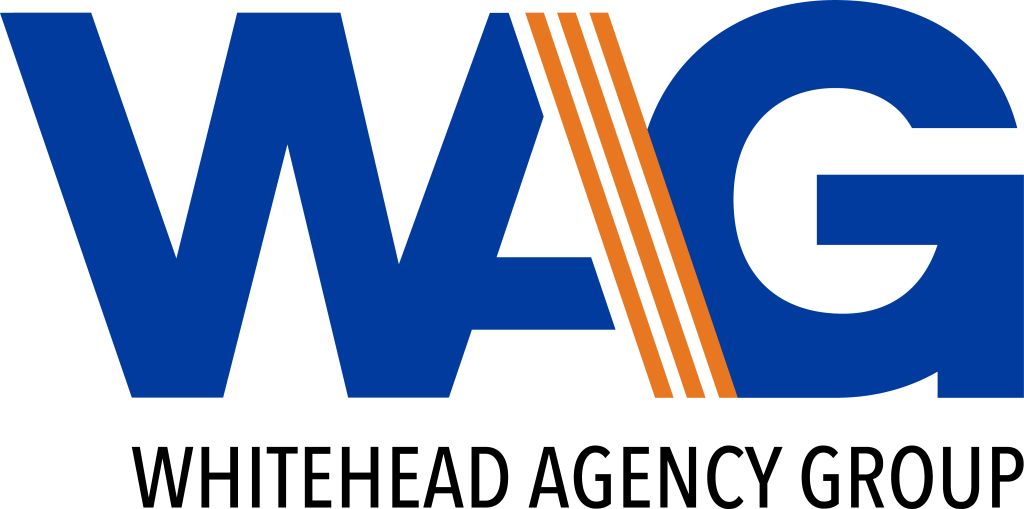Programmatic Advertising
Employing automation to purchase digital advertising in real-time with maximum efficiency.
Programmatic Advertising
Programmatic advertising is a modern approach to digital media buying that uses technology and data to automate the purchasing, placement, and optimization of ads in real time. Unlike traditional advertising methods, which often involve direct negotiations and human intervention, programmatic advertising leverages algorithms and software to facilitate the buying and selling of ad inventory.
How It Works
The programmatic advertising process begins with a digital ad impression and a buyer who wishes to purchase it. This process typically involves several key components:
- Demand-Side Platforms (DSPs): These are tools that enable advertisers to buy ad space across multiple supply sources through a single interface. Advertisers input their targeting criteria, budget, and campaign goals into the DSP, which then automates the purchasing process.
- Supply-Side Platforms (SSPs): These platforms enable publishers to manage their advertising space and optimize the selling of their ad inventory to various DSPs. SSPs ensure that their inventory is made available in real-time auctions, improving revenue potential by exposing their inventory to a larger number of buyers.
- Ad Exchanges: These are online marketplaces where advertisers and publishers come together to buy and sell ad inventory in real time. Ad exchanges facilitate the auction process that occurs between the DSPs and SSPs.
- Data Management Platforms (DMPs): DMPs collect, organize, and analyze data from multiple sources, providing insights into audience behavior and preferences. This data is crucial for targeting ads effectively and optimizing campaigns based on performance metrics.
Advantages of Programmatic Advertising
- Efficiency: Programmatic advertising streamlines the ad buying process by automating transactions, allowing advertisers to save time and resources that would typically be spent on manual negotiations.
- Targeting Capabilities: Advertisers can target specific audiences based on demographics, interests, and behaviors. This ensures that ads reach the most relevant consumers, maximizing the potential for conversions.
- Real-Time Bidding (RTB): This feature allows advertisers to bid on ad impressions in real time, ensuring that they only pay what they believe an impression is worth. This competitive bidding process can lead to lower costs and higher ROI.
- Performance Optimization: With access to real-time data and analytics, advertisers can continuously monitor and adjust their campaigns for better performance. Insights gained from campaigns can inform strategies and help refine future advertising efforts.
- Scalability: Programmatic advertising allows brands to scale campaigns quickly across various platforms and devices, providing broader reach without significant investment in additional resources.
Whitehead Agency Group focuses on igniting brands that help people live healthier, happier lives.
Main Office:
5000 Yonge Street, Suite 1901
Toronto, Ontario M2N 7E9 Canada
Branch Office:
1 Hunter Street East, Ground Floor
Hamilton, Ontario L8N 3W1 Canada

